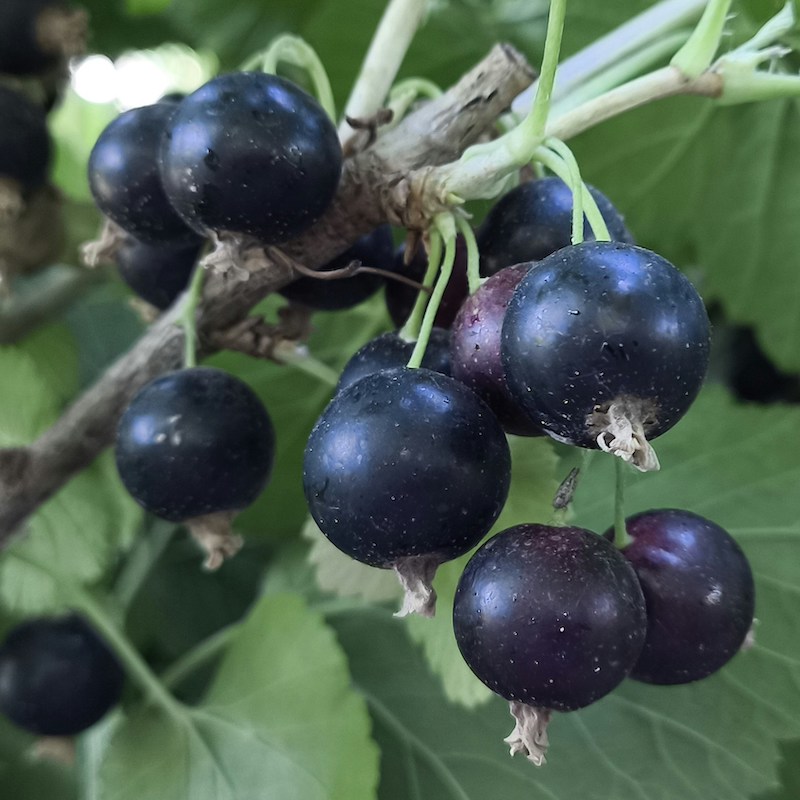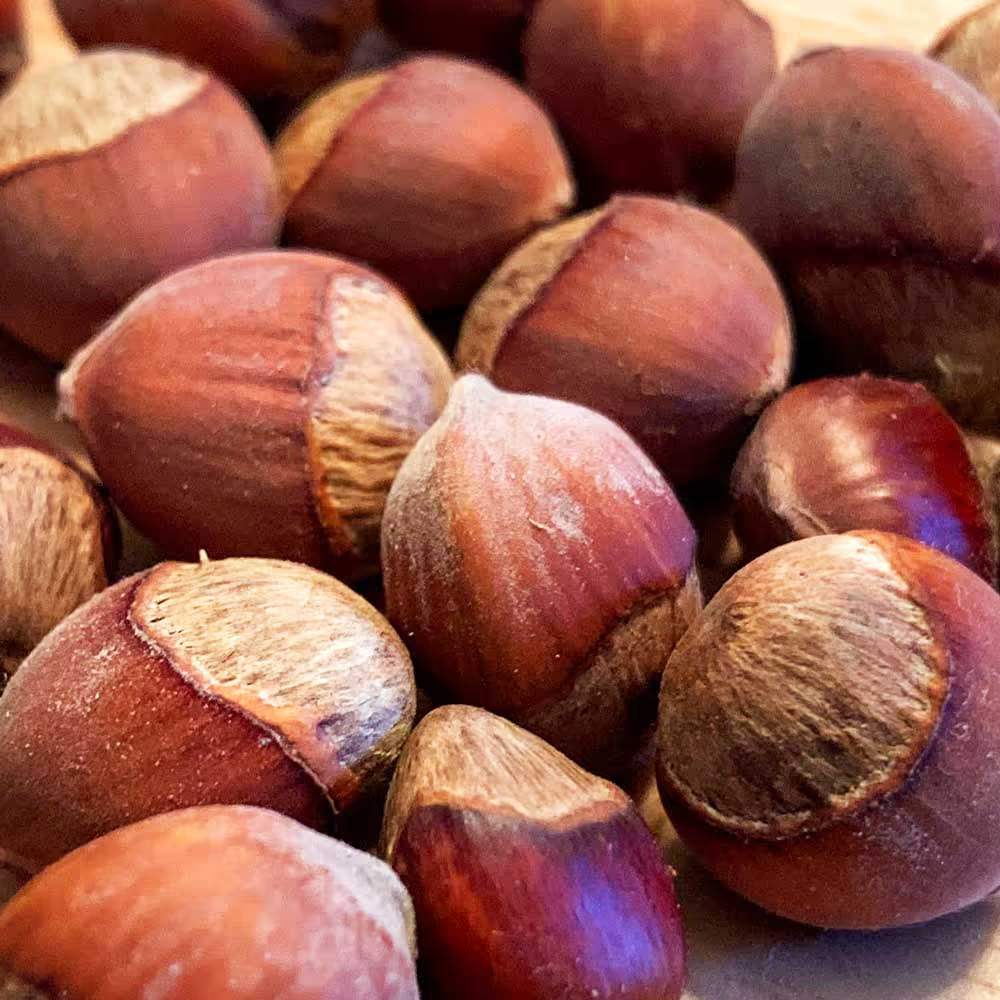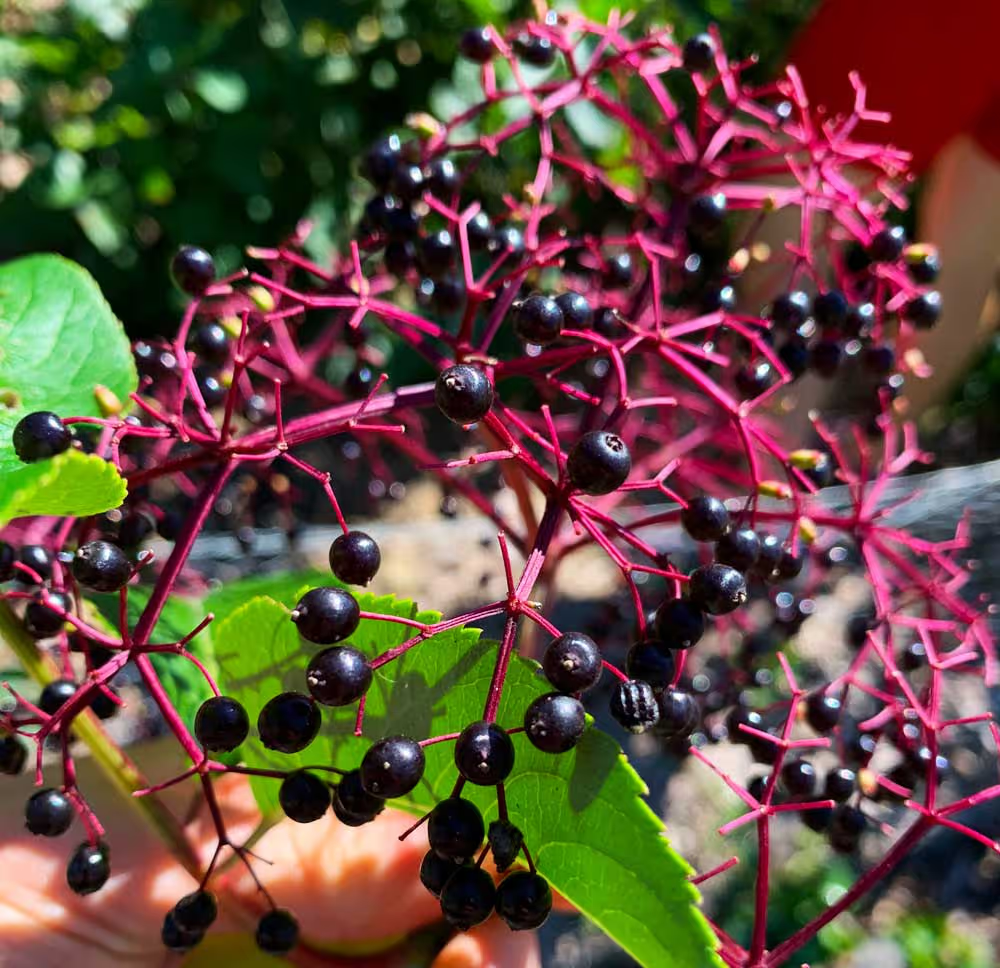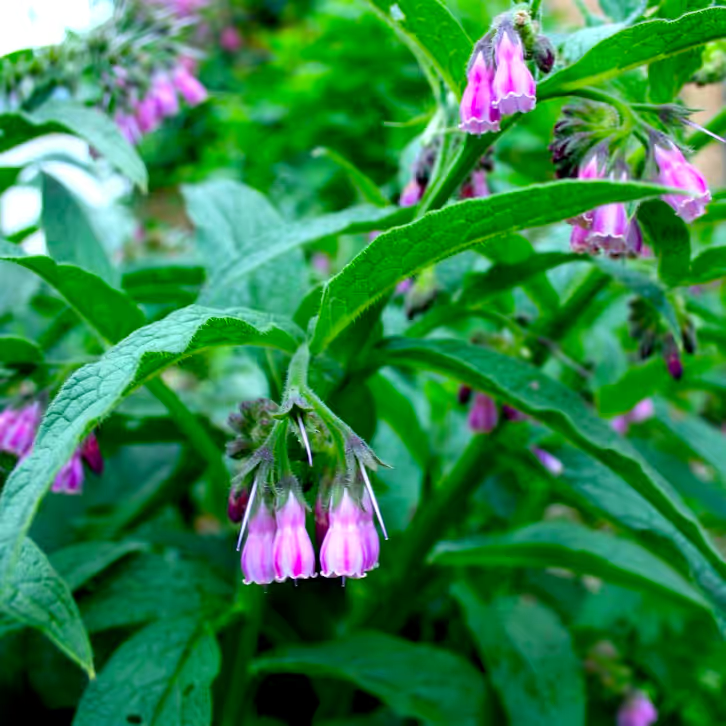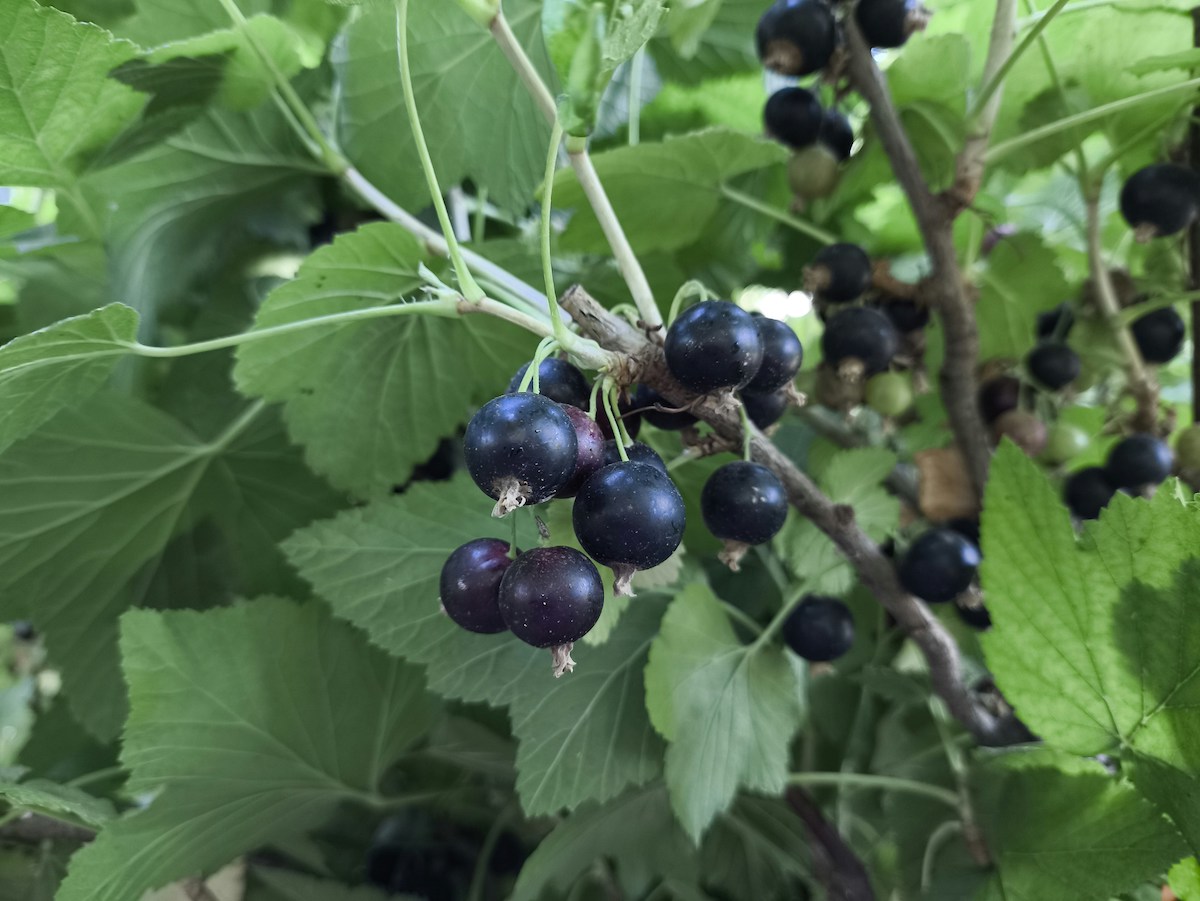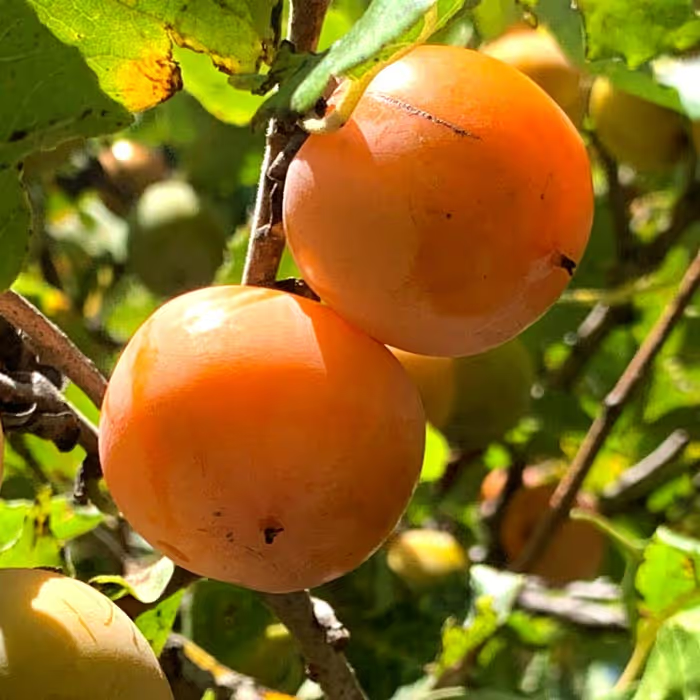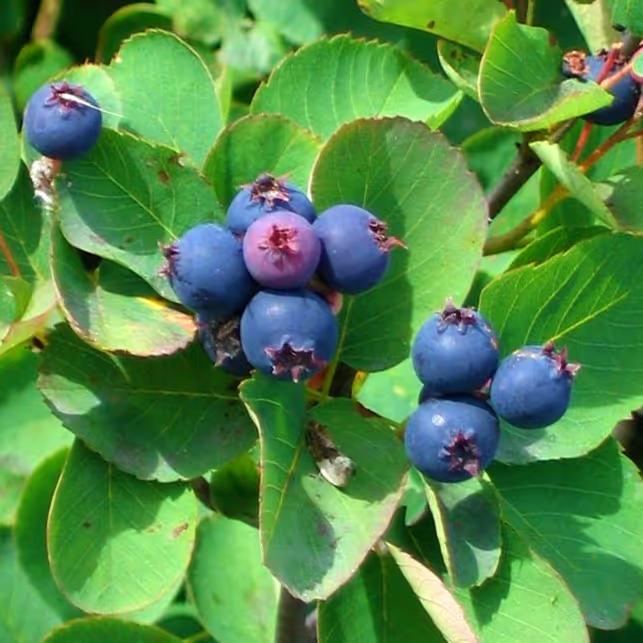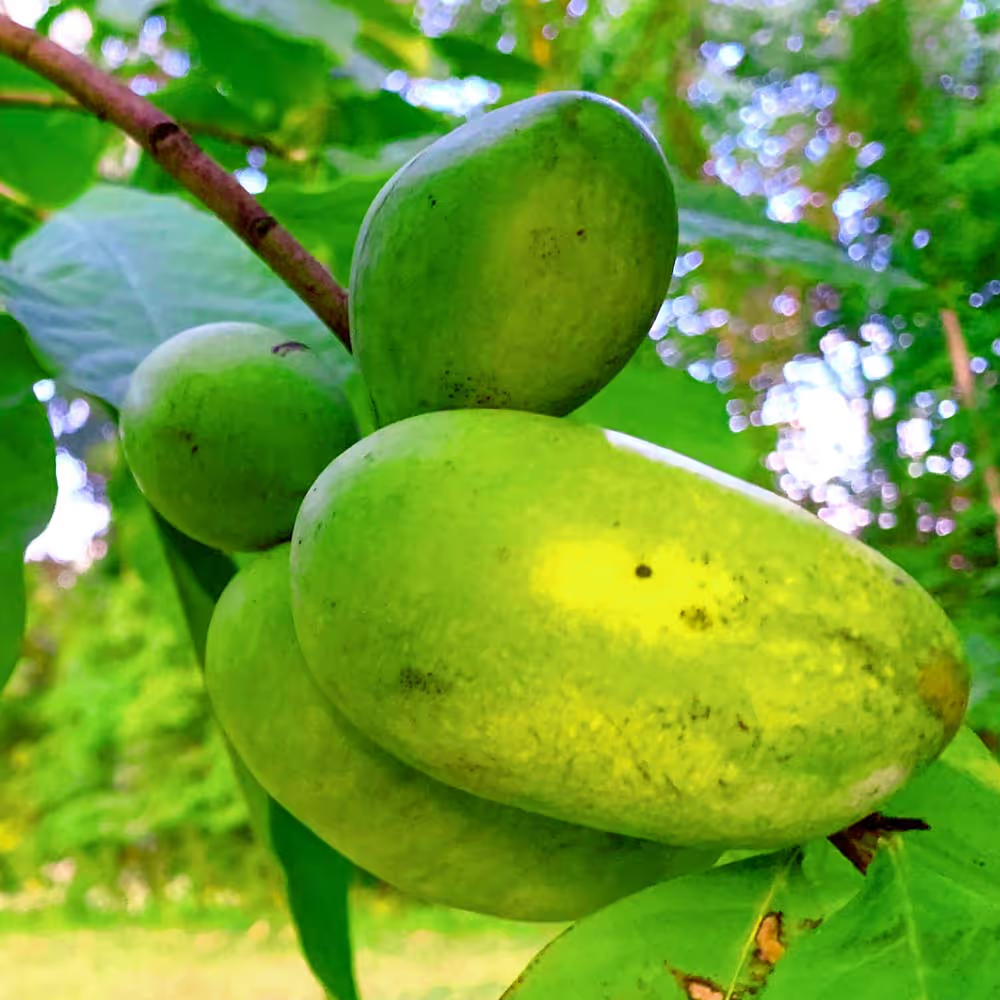Q: Do I need more than one Black Currant plant to get fruit?
A: Not necessarily. Most modern Black Currant varieties are self-fertile, meaning they can produce fruit solo — though, like most things in life, they do better with company. Planting two or more varieties can boost your yields and improve pollination.
Q: When will my Black Currant shrub start producing fruit?
A: Expect your first real crop in about 2 to 3 years after planting. They like to settle in and think about life before putting in the effort. Once mature, they’ll reliably fruit each summer like clockwork.
Q: What kind of soil do Black Currants prefer?
A: They’re happiest in moist, well-drained soil rich in organic matter, with a pH between 6.0 and 6.5. Avoid overly sandy or waterlogged spots. If your soil’s poor, compost or manure can help add nutrients to the soil.
Q: How much sun do Black Currants need?
A: They prefer full sun to partial shade. In cooler northern regions, give them as much sunlight as possible. In hotter southern climates, a little afternoon shade will keep them happy.
Q: How far apart should I plant Black Currant bushes?
A: Space them 4 to 5 feet apart in rows about 6 feet apart. They’ll eventually form a nice hedge — productive, beautiful, and slightly prickly (just like your favorite relative).
Q: Are Black Currants easy to care for?
A: Yes — they’re pretty low-maintenance. Water during dry spells, prune out old stems each winter, and mulch around the base to keep weeds down. They’re cold-hardy, disease-resistant, and generally tough.
Q: When is the harvest season for Black Currants?
A: Black Currants typically ripen in mid to late summer (usually July). Harvest when the berries turn deep purple-black and are slightly soft to the touch. Birds love them too, so plan accordingly — or consider it your contribution to the local ecosystem.
Q: How long do Black Currants last after picking?
A: Fresh Black Currants keep for about a week in the fridge, though you can freeze them easily for long-term storage.
Q: How should I plant a bare root Black Currant?
A:
- Soak roots in water for 1–2 hours before planting.
- Dig a hole wide enough to comfortably spread the roots.
- Set the plant 1–2 inches deeper than it was in the nursery — this encourages new shoots from below the soil.
- Backfill with native soil, firm gently, and water well.
- Add a mulch layer to retain moisture.
Q: What can I do with Black Currants — and how do they taste?
A: Black Currants have a bold, tart, and earthy flavor — imagine a mix of blackberry and cranberry with a punch of attitude. They shine in jams, pies, wines, smoothies, and sauces. If you like strong flavor, they’ll become your new favorite berry; if not, add sugar and pretend they were always sweet. Fun fact purple Skittles in Europe are Black Currant flavored not Grape.

